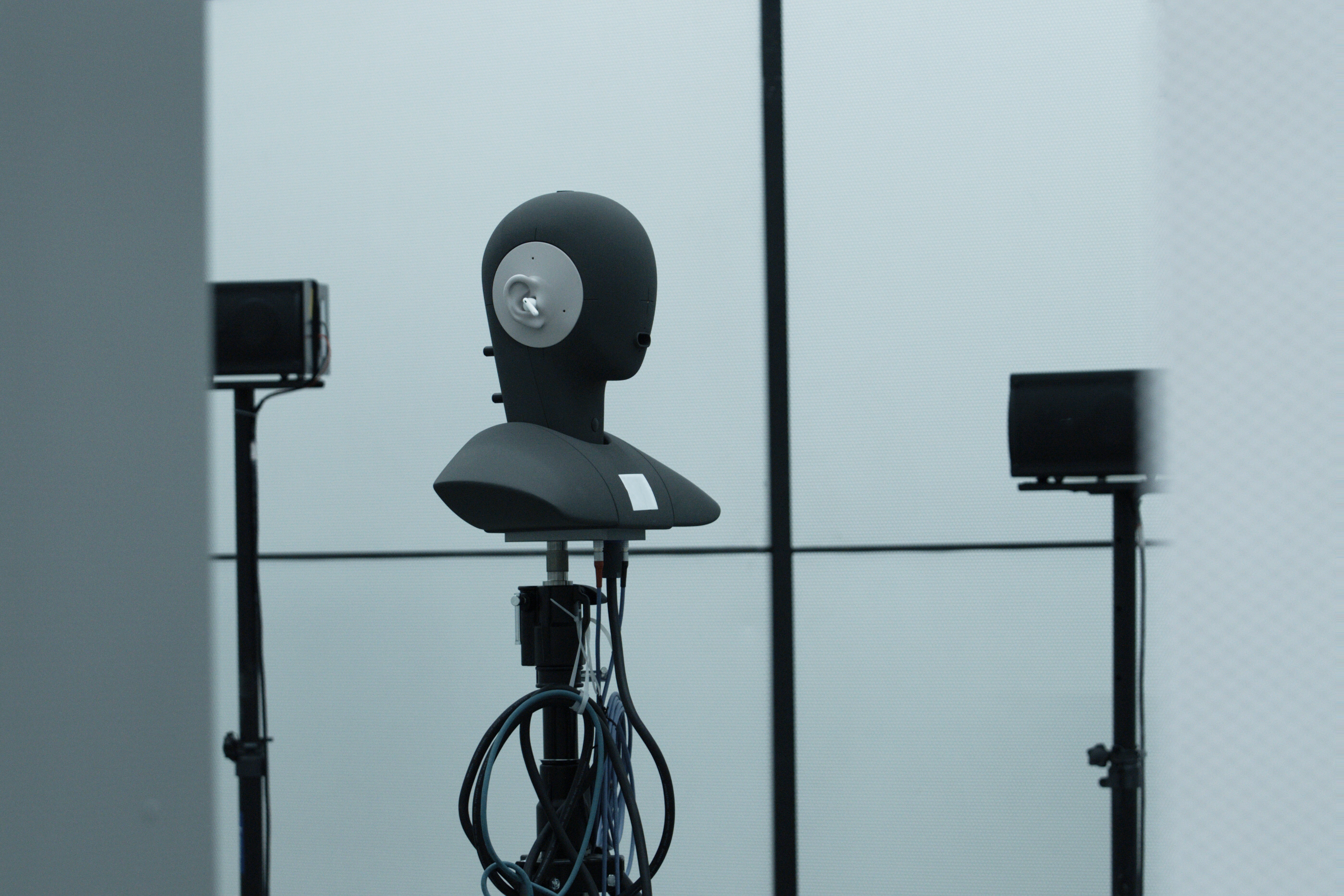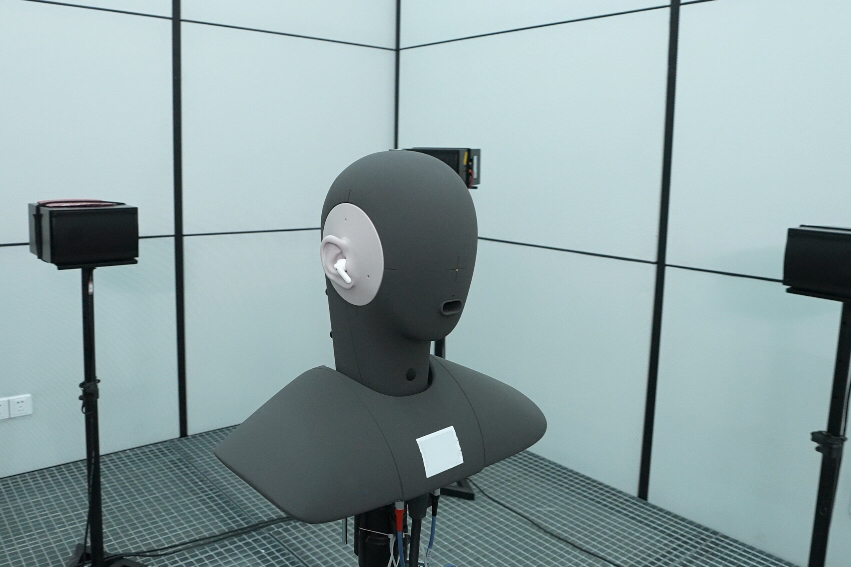Honor Spatial Audio is here, ushering in the future of immersive sound

Imagine you’re walking down a busy street. There’s the sound of traffic rolling by on your right, music playing from a shop on your left, people talking on the street in front of you and a helicopter buzzing overhead.
When we’re out and about in the world, sounds like these come from all around us. However, often when we hear sounds from a TV or a pair of headphones, we don’t get that same natural sense of space. Instead, it comes from one place or it sounds a bit ‘muddy’ and we don’t know where it’s originating from.
This is the goal of spatial audio. To position different sounds all around you, so it feels like you’re actually experiencing them in real life. This brings you a more immersive experience, whether you’re listening to music and picking out the details of each instrument in an orchestra, watching a movie and feeling part of the action or playing a game and getting more involved in the story than ever before.
It’s also great news for artists, bands, sound engineers, directors and any other creators. Because with spatial audio you’re hearing sound in exactly the way they intended it to be heard.
Over the years, several tech brands have been developing their own spatial audio solutions, including Apple and Sony. At the tech expo IFA 2022, Honor joined the club, announcing its own spatial audio technology that the company believes is the first step towards building a future of more immersive and realistic experiences.
Honor Spatial Audio is designed to deliver surround sound and 3D audio through headphones. What this means is if you’re listening to a track you’re familiar with, you’ll likely have a brand new experience with it. You might be able to detect details you’ve never appreciated before, coming from all directions.
This is thanks to a number of new features. The most significant is the way Honor uses the accelerometer and gyroscope movement sensors that are built into your earbuds to track how your head moves. Honor then remaps the sound on its way from the source to your ear based on these movements, even the smallest and most subtle movements are picked up. This creates the effect of positioning sound sources above, below, behind and in front of you, making the audio seem more natural, as if you're there watching your favorite band play live.
This applies to movies and games, too. Let’s say you’re watching a movie and the action on screen shows you that a parade is making loads of noise in front of you as people dance down the street. If you were to turn your head to the left, spatial audio recalibrates, meaning you’d then hear the action get louder in your right ear.

Honor’s Spatial Audio technology is also the first to allow users to adjust the distance of these sound sources up to ten metres. This makes your listening experience even more personalized to you. Because although Honor’s algorithm does a fantastic job at positioning sound around you how it was intended, the specific way that everyone hears can be vastly different.
This technology is exciting, especially for anyone who loves that feeling of being completely enthralled in their favorite songs, movies and games. But for Honor, using spatial audio in this way is only the first step.
Tech companies know that to build immersive and enjoyable AR and VR experiences they need to cater to as many of our senses as possible. This is what makes us feel present in a virtual space. The focus is often on the visuals, which makes sense, but as this tech advances, audio will be just as important.
However, because AR and VR are such new technologies and our experiences of them are so subjective, giving us all the tools and options to personalize how things sound within virtual spaces is also imperative. That’s why it’s promising to see that Honor’s spatial audio offering is already adjustable, depending entirely on the user, their comfort levels and their experience.
We expect spatial audio technology to become essential in creating future-proof AR and VR experiences that make us all feel truly part of the action.
Get daily insight, inspiration and deals in your inbox
Sign up for breaking news, reviews, opinion, top tech deals, and more.